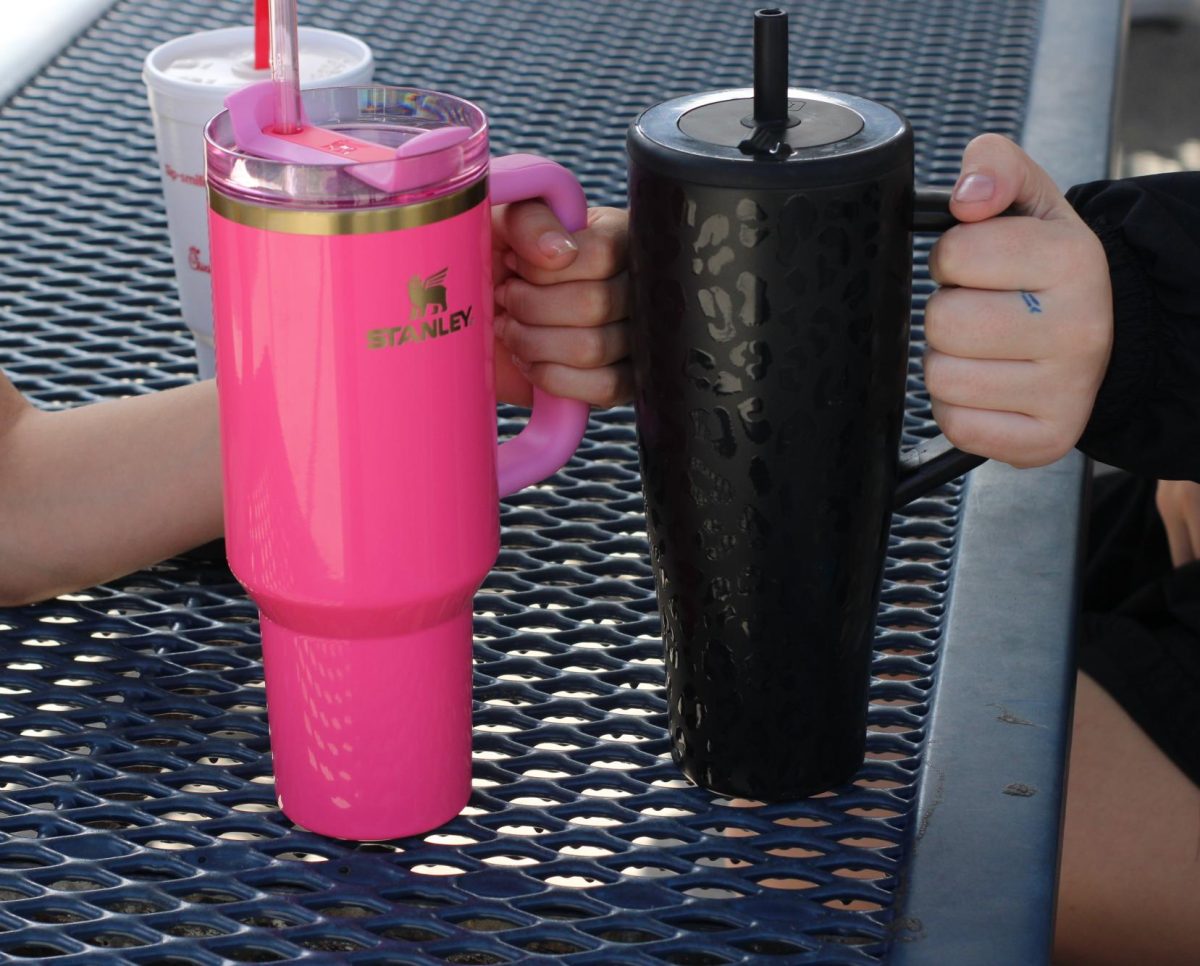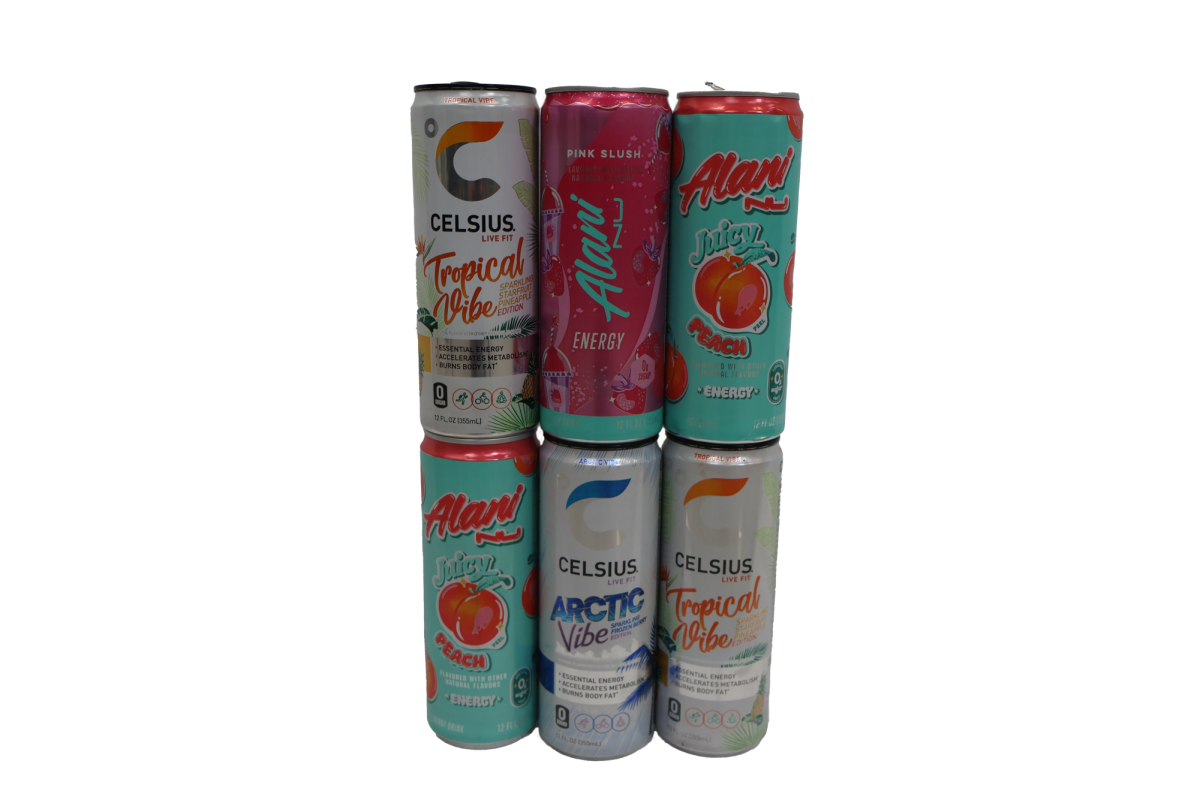It only takes ten seconds of scrolling on social media to be exposed to the influx of advertisements scattered from video-to-video. With each month comes new trends, alongside an influx of hot, must-have items, leaving teenagers chasing after the constant flow of new products.
“I see trends changing literally every week, I think TikTok and other social media platforms are a big reason,” junior Solimar Servin said. “There’s a lot of people on TikTok and a lot of influencers, and they have a lot of power.”
Beyond its role as a space for connection and entertainment, social media has transformed into a powerful marketplace that influences the decisions of teen followers. With hundreds of products available on apps such as Shein, Temu and TikTok shop, teens are faced with a digital world where the line between wants and needs is blurred.
“It’s hard to not want what I see tons of people using, especially when my close friends are using it too. Some people will tell me to buy this new lipgloss or something else and I’ll want to, just because I don’t want to miss out,” freshman Katherine Quizhpilema said.
Fear of missing out
Quizhpilema and other users are exposed to ads everywhere, with platforms such as TikTok, Instagram and YouTube crowding the market with product placement in the form of Get Ready With Me and Outfit of the Day videos. This escalates the sense of urgency felt by many to buy products seen on their cellphones, with 62% of Gen Z and millennials reporting purchasing something as a result of social media.
However, these trending products are not limited to new clothes and makeup. The explosion of popular food places, such as Raising Cane’s and Dutch Bros, leaves people rushing to try viral orders and menu items. Furthermore, places like Crumbl Cookie play into this through its release of different flavors each week, compelling customers to buy more. These food crazes are a reflection of a growing consumer trend in valuing novelty over practicality.
“I know people who get Crumbl Cookie every week,” freshman Aalina Turk said. “Most of the time they don’t even eat all of them, they just want to try it because they see people on TikTok trying it, and they don’t want to feel left out.”
One major contributor to this overconsumption is the desirable lives influencers craft for their fans to see. Showcasing their 12-step skincare and haircare routines to their young audiences, influencers play a hand in promoting a lifestyle of excess, leaving teens wanting.
“A lot of influencers have so much power and influence over young people, and teenagers easily listen to that, so they end up doing things or buying things that they probably shouldn’t,” Servin said.
Advertisement
As more and more influencers take on brand partnerships for money, the amount of product-focused content shared on social media has increased. Additionally, with the debut of TikTok shop, all users are able to earn revenue just by posting a video advertising a product. This makes it increasingly difficult for young people to distinguish between genuine and artificial reviews, leading them to buy products without truly knowing its quality.
“Everything is advertised to you. Anytime you go on a website or app it pops up in your face, or influencers will tell you to click the link in their bio to find what they advertise in their videos like a step-by-step process,” junior Samika Unnithan said.
Buying new makeup and skincare every month, Unnithan is one of countless highschoolers who found themselves swapping old products for new ones even before they reach the end of their use. With teen spending increasing 6% from 2023 to 2024, reaching a spending average of $2,361 annually, the constant pursuit for the newest hot item can lead to dissatisfaction in keeping month-old products.
This phenomenon is more than just teens’ desire to share purchases with their favorite influencer–it is an active effort to fit in with their peers. As more people buy the same clothes, accessories and school supplies, it becomes progressively more intimidating to be the odd one out.
“I think everyone buying the same thing can cause a lack of personality. It’s like one big bubble, where everyone has this, so I have to buy it too,” Unnithan said.
Fighting the urge
To avoid these pressures, some teens turn to avoiding social media to prevent impulsive spending, opting for social media detoxes or deleting the apps altogether. This not only helps in lessening the want for every new item, but it also reduces the fear of missing out many teens feel when using social media.
“Just deleting social media can help in caring less about what you have. Getting off your phone and out of your head makes you come back to reality and realize how unimportant all those trends are,” Unnithan said. “It’s so easy to think that what you see on your screen is real life, but if you just put your phone down you’ll realize it’s not.”









